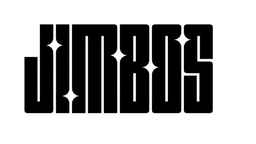How to Choose the Right Polishing Pad for One-Step Results
Want better results with your one-step polish? The pad you use matters just as much as the polish itself. Here’s how to choose the right one.
Why the Pad You Use Matters
Polishing pads come in different materials, densities, and levels of aggressiveness. The right pad can boost your results. The wrong one can cause hazing, missed swirls, or even damage soft paint.
Pad Types for One-Step Polishing
1. Foam Pads
- 🟡 Yellow/orange: light cut, best for medium swirls
- ⚪ White/light gray: polishing pads, great for finishing
- 🔵 Blue/black: ultra-soft, for final finish or jeweling
Best for: Light to moderate paint correction. Great balance of cut and finish.
2. Microfiber Pads
- More aggressive cut
- Removes deeper defects quickly
- May require finishing pass on soft paint
Best for: Heavily swirled or oxidized paint. Use a polishing pad after if needed.
3. Wool Pads
- Fast cutting, great for rotary polishers
- Leaves haze on most paints unless followed up
Best for: Serious correction—not ideal for one-step jobs unless you’re experienced.
How to Pick the Right Pad for Picture Perfect Polish
Picture Perfect Polish is pad-dependent, meaning it adapts based on what you pair it with. Use a:
- Foam cutting pad for more correction
- Foam polishing pad for a flawless finish
- Microfiber pad if you're tackling neglected paint (expect more cut and more wipe-off effort)
Pro Tips
- Always prime your pad before your first pass
- Use compressed air or a brush to clean pads between panels
- Don’t mix compound and polish on the same pad—dedicate them
Bundle and Polish with Confidence
The Picture Perfect Paint Bundle gives you everything you need—polish, towels, and applicators. Just pair it with your favorite pad and machine.
Also available on Amazon:
Shop Picture Perfect Polish – The Pad-Dependent One-Step That Actually Works




